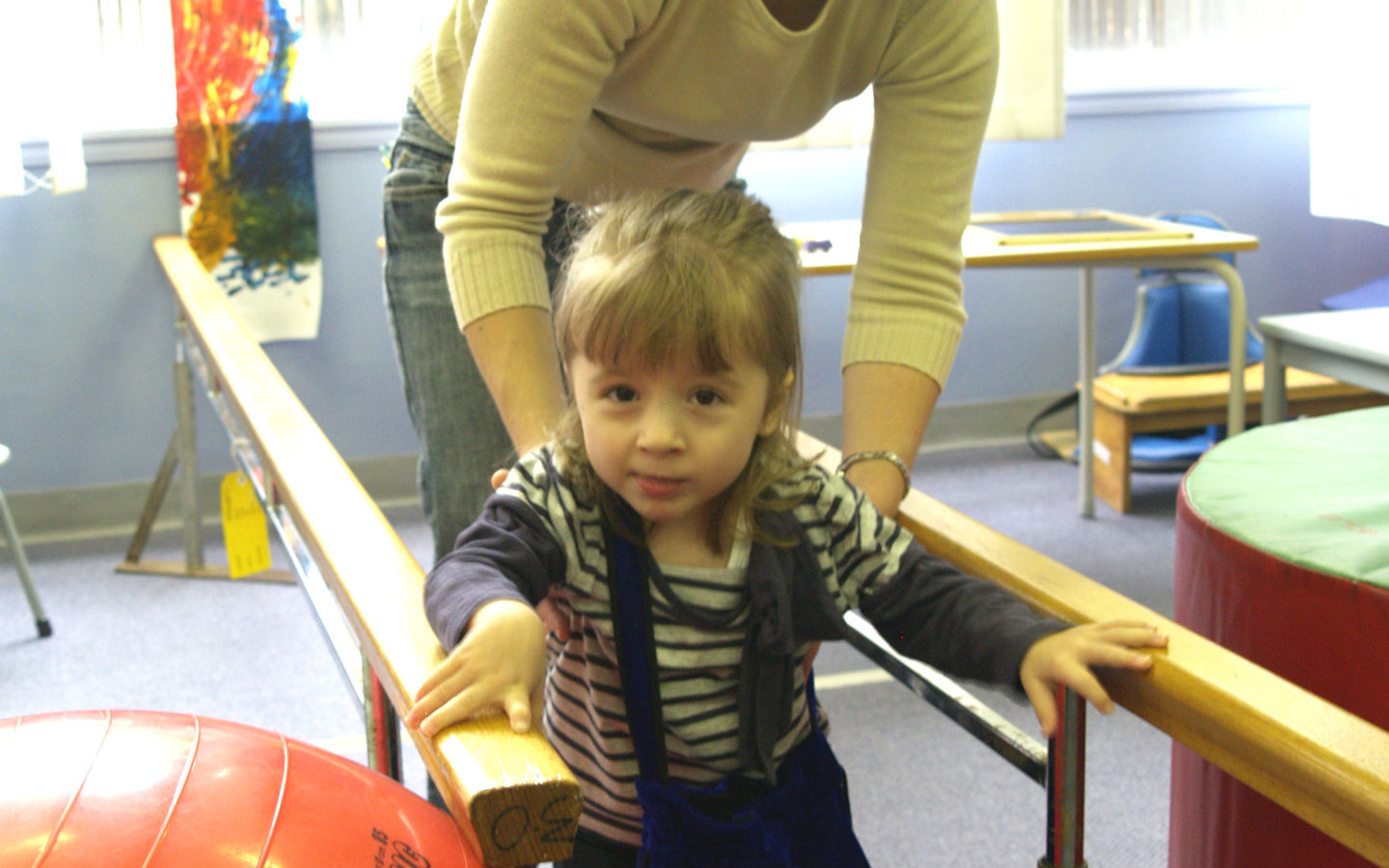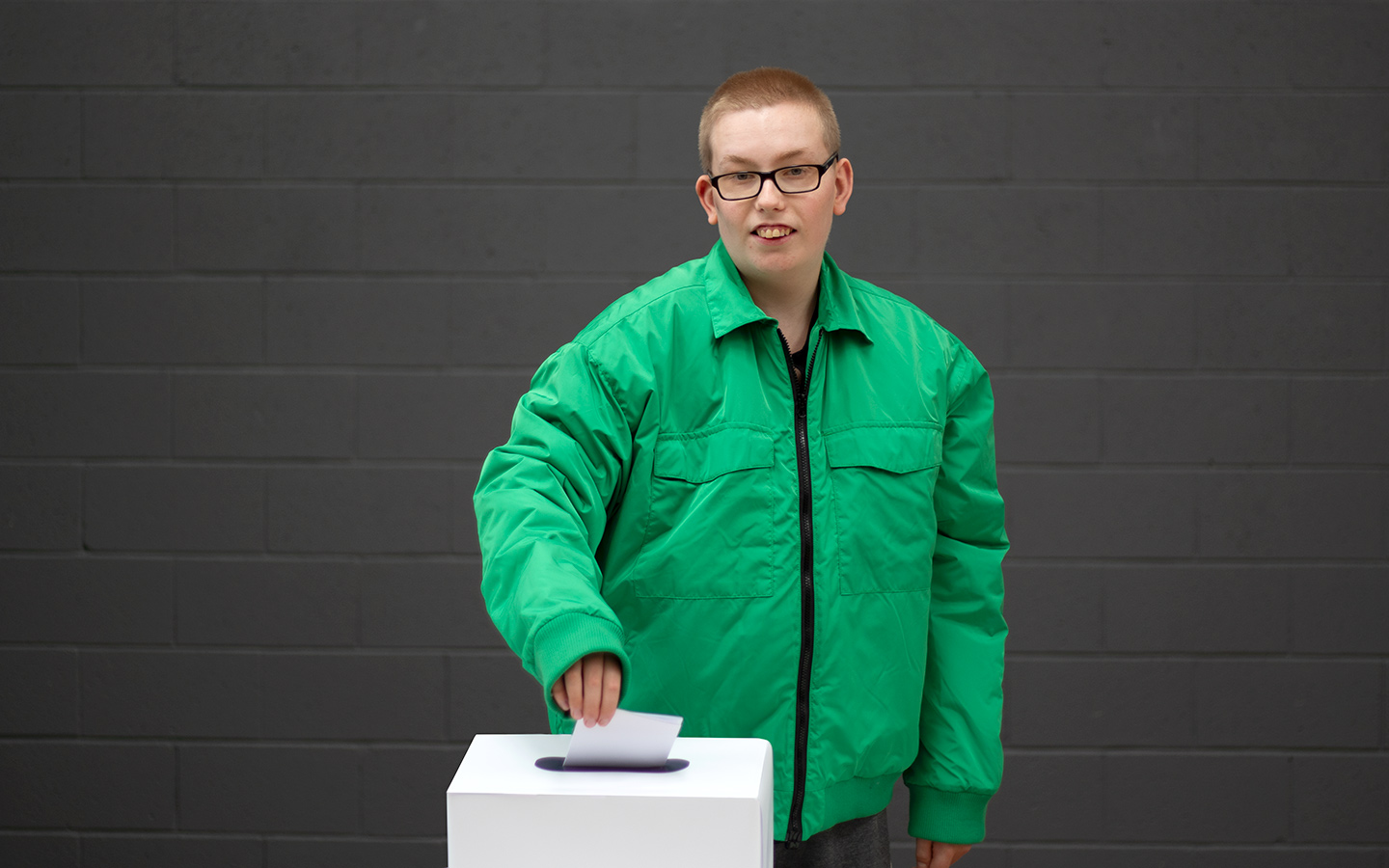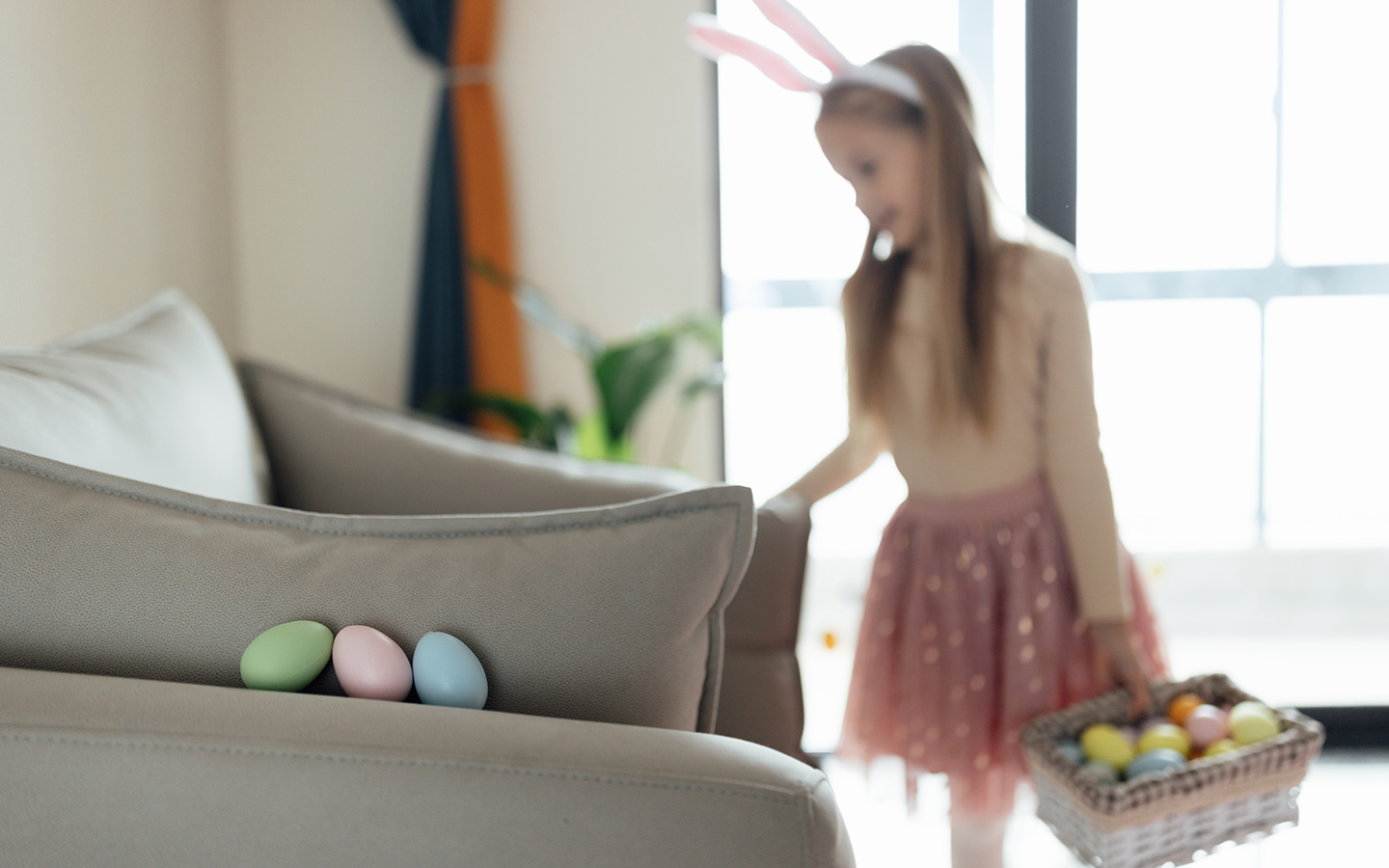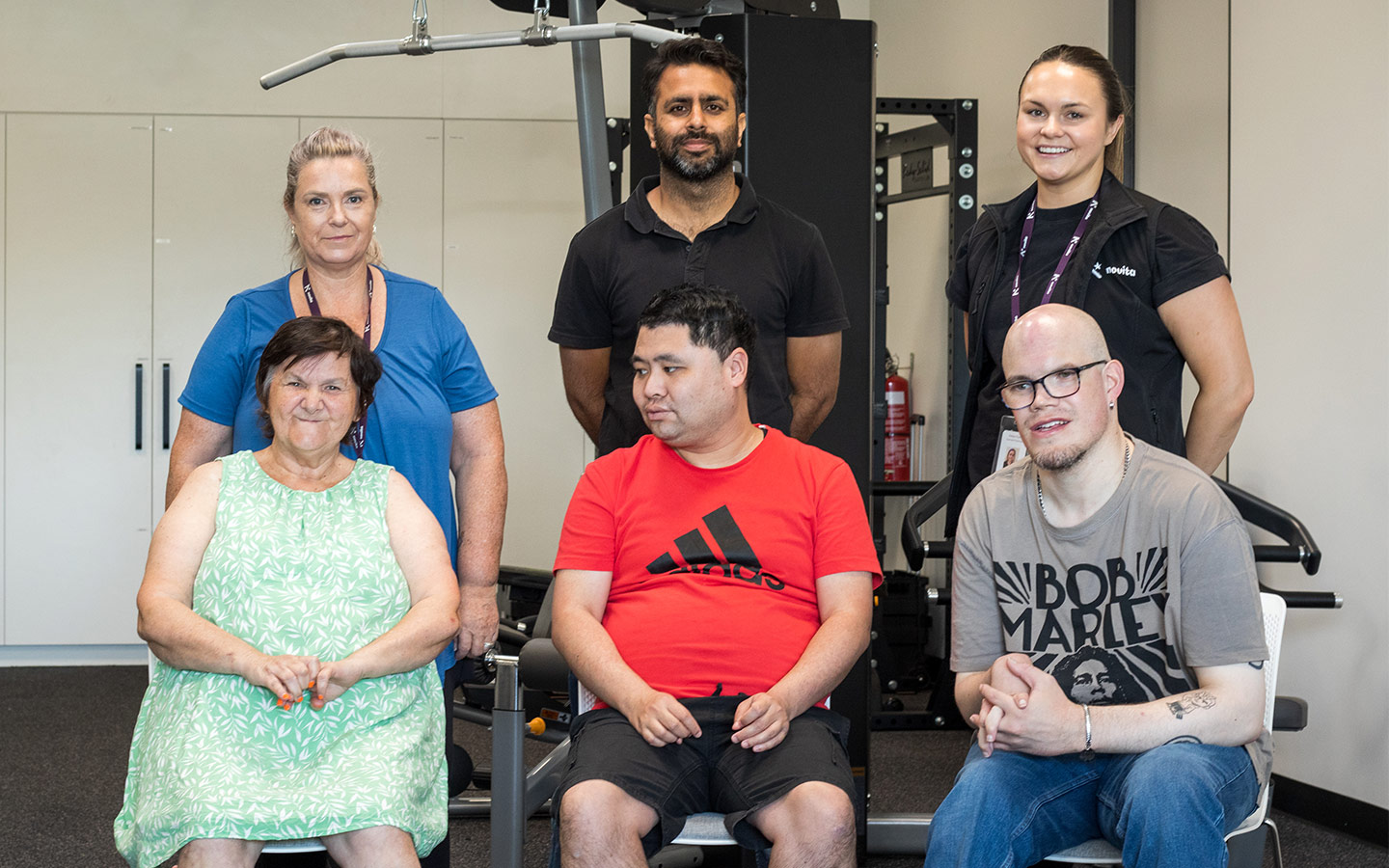Helpful Information
Positioning

Help your child sit, stand and move.
Some kids living with disability find it hard to get comfortable. This page has tips and tricks for parents to help you help your child get comfortable.
What is positioning?
Every time you sit, stand, twist or turn to get comfortable you are “positioning”. This is what your therapist means if they talk to you about positioning your child.
Good positioning can make your child’s quality of life better.
A bad position is when your child is using all their energy to hold themselves in place. If they are holding themselves up with their hands, they can’t do other things. It makes it hard to play, eat or learn. It can also hurt and make them tired.
Good positioning can help your child:
- eat and drink better
- breathe easier
- concentrate and learn
- have more energy
- play
- write better.
What to think about
- Your child will need different positions when they’re doing different things, like watching TV or doing their homework
- If it’s early in the morning or late at night your child might be tired and need some more help with positioning
- Positions will change depending on where your child is, for example at home or school
- Kids with different disabilities will need different positions and help
- Health issues can affect position, for example if you’re child has tummy troubles or can’t lie flat on their back.
Equipment
You can use equipment to help with positioning:
- Standing frames can help your child’s bone and muscle strength, and help them see eye-to-eye with their friends
- Corner chairs are great for stretching the muscles behind your kid’s knees and give support
- You can put floor wedges under your child’s tummy to help stretch the muscles in their groin and spine, and help their trunk posture.
How to prevent deformity
- Some kids living with disability get muscle tightness or deformity when they grow. This can happen because:
- they spend a long time in the same positions
- they have spasticity or spasms
- they have strong muscle tone
- their bones grow quicker than their muscles
- they can’t move or stretch on their own.
Tips for play
We all want our kids to be able to play with us and their friends. Good positioning and equipment can help them. If you would like information or free advice, speak to someone in our friendly team on 1300 NOVITA (1300 668 482) or visit our Contact Us page for more ways to get in touch.
Tips for using a wheelchair
Good positioning in a wheelchair can help your child:
- feel safe and comfortable
- use the wheelchair
- use their hands and eyes
- communicate
- use technology like an iPad, phone or computer.
Good positioning can also help your child’s health.
Tips for School and Kindy
- Good positioning can help your child take part at school and kindy.
- They will need different positions for different activities, such as story time or classwork. They can also use equipment like a special chair or a slope board that goes on their desk to help them work at a different angle.
- Good positioning at school and kindy:
Our therapists can make a Transfer and Positioning Care Plan just for your child. You can give it to your kid’s school, kindy or childcare to tell them the best way to position your child. Have a chat with a therapist today on 1300 NOVITA (1300 668 482) or visit our Contact Us page for more ways to get in touch.


